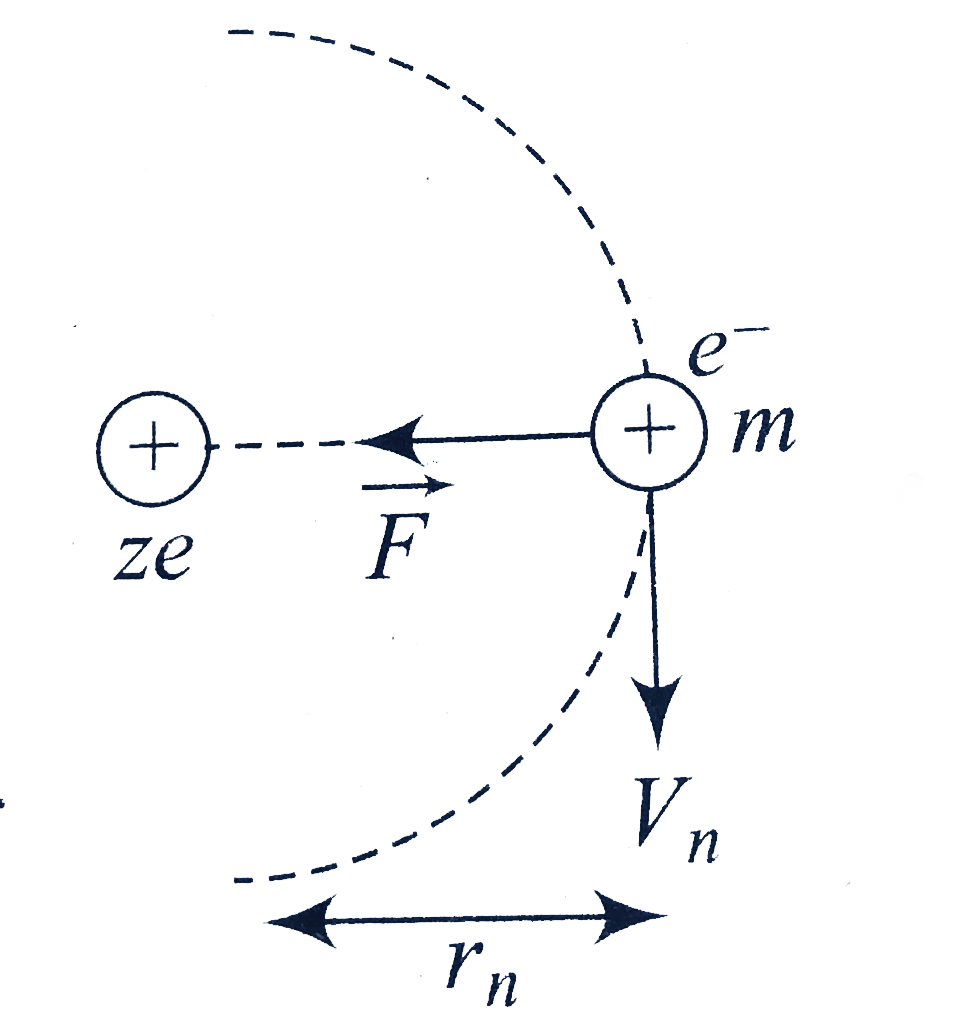Text Solution
Verified by Experts
The correct Answer is:
Topper's Solved these Questions
ATOMIC PHYSICS
CENGAGE PHYSICS|Exercise Integer|4 VideosATOMIC PHYSICS
CENGAGE PHYSICS|Exercise Fill In The Blanks|8 VideosATOMIC PHYSICS
CENGAGE PHYSICS|Exercise Multiple Correct|13 VideosALTERNATING CURRENT
CENGAGE PHYSICS|Exercise QUESTION BANK|65 VideosATOMS
CENGAGE PHYSICS|Exercise QUESTION BANK|40 Videos
Similar Questions
Explore conceptually related problems
CENGAGE PHYSICS-ATOMIC PHYSICS-Linked Comprehension
- Hydrogen is the simplest atom of nature. There is one proton in its nu...
Text Solution
|
- Hydrogen is the simplest atom of nature. There is one proton in its nu...
Text Solution
|
- In an ordianary atom, as a first approximation, the motion of the nucl...
Text Solution
|
- In an ordianary atom, as a first approximation, the motion of the nucl...
Text Solution
|
- In an ordianary atom, as a first approximation, the motion of the nucl...
Text Solution
|
- The electrons in a H- atom kept at rest , jumps from the mth shell to ...
Text Solution
|
- The electrons in a H- atom kept at rest , jumps from the mth shell to ...
Text Solution
|
- The electrons in a H- atom kept at rest , jumps from the mth shell to ...
Text Solution
|
- The energy levels of a hypotherical one electron atom are shown in fig...
Text Solution
|
- The energy levels of a hypotherical one electron atom are shown in fig...
Text Solution
|
- The energy levels of a hypotherical one electron atom are shown in fig...
Text Solution
|
- The energy levels of a hypotherical one electron atom are shown in fig...
Text Solution
|
- The energy levels of a hypotherical one electron atom are shown in fig...
Text Solution
|
- The energy levels of a hypotherical one electron atom are shown in fig...
Text Solution
|
- The electron in a hydrogen atom at rest makes a transition from n = 2 ...
Text Solution
|
- The electron in a hydrogen atom at rest makes a transition from n = 2 ...
Text Solution
|
- For a certain hypothetical one electron atom, the wavelength (in Å) fo...
Text Solution
|
- For a certain hypothetical one electron atom, the wavelength (in Å) fo...
Text Solution
|
- A sample of hydrogen gas in its ground state is irradiated with photon...
Text Solution
|
- A sample of hydrogen gas in its ground state is irradiated with photon...
Text Solution
|
